For your lawn, the options available are plentiful. One such decision to make is regarding the surface covering you want to install. Two common types are astroturf and weed barrier, and each has their own benefits and drawbacks, so it is best that you be mindful of the distinction between them before settling on which one is right for you.
Astroturf’s artificial grass is built to look and feel like real grass, made up of a blend of polyethylene and polypropylene. It’s an attractive option for many since it’s a breeze to install and care for, plus, requiring only a fraction of the water that natural grass does, making it the perfect option for drier climates.
When the temperatures rise, artificial turf is not ideal because its synthetic fibers lock in heat, making the surface up to 20 degrees higher than the outside atmosphere. Yet another concern is that the rough surface can be abrasive, making it challenging for those with young children or animal companions.
Shielding gardens from unwanted weeds, weed barrier is a popular choice for gardeners looking for an effortless protection. Most often made from a thick fabric or plastic sheet, it both provides a simple installation process and promises to keep unruly weeds at bay.
For gardeners hoping to grow more than only weeds, weed barrier can be a potential hindrance. Without the sun and water that sustains plants, weed barrier often cuts off vital resources and can stint the success of other flowers and shrubs. Such obstruction, however, often comes with a hefty price tag, making it equally difficult to tend both weeds and desired plants.
What Signifies Superiority?
When selecting a suitable ground cover for any given situation, it boils down to what you need and which solution best suits your preferences. To make installation and upkeep an effortless task, consider Astroturf. Alternatively, for powerful weed prevention, Weed Barrier is well worth exploring.
Related Product
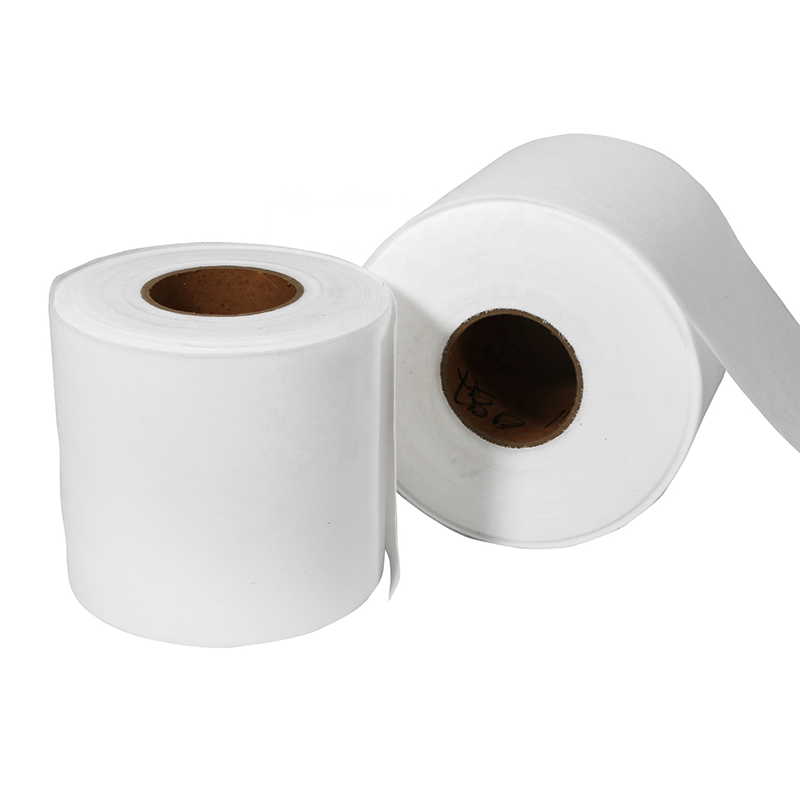
Non-Woven Geotextile
Geotextiles are permeable geosynthetic materials made by needling or weaving synthetic fibers. Geotextile is one of the new geosynthetic materials, and the finished product is clot […]
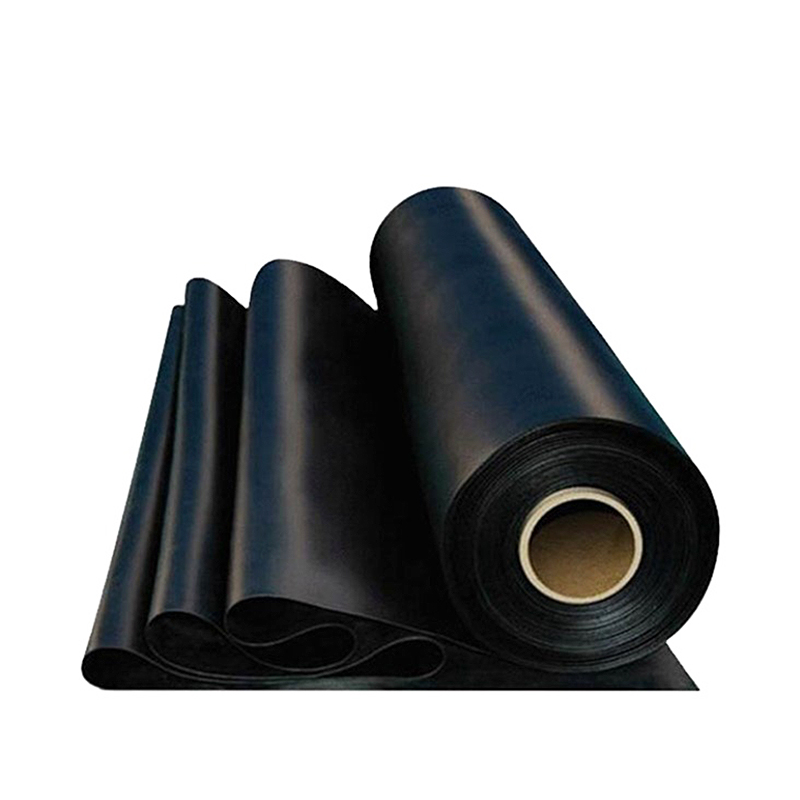
Hdpe Geomembrane
Product Features: They have strong ability for waterproof,anti seepage and isolation, aging resistance, good welding performance, convenient construction, root resistance and other […]
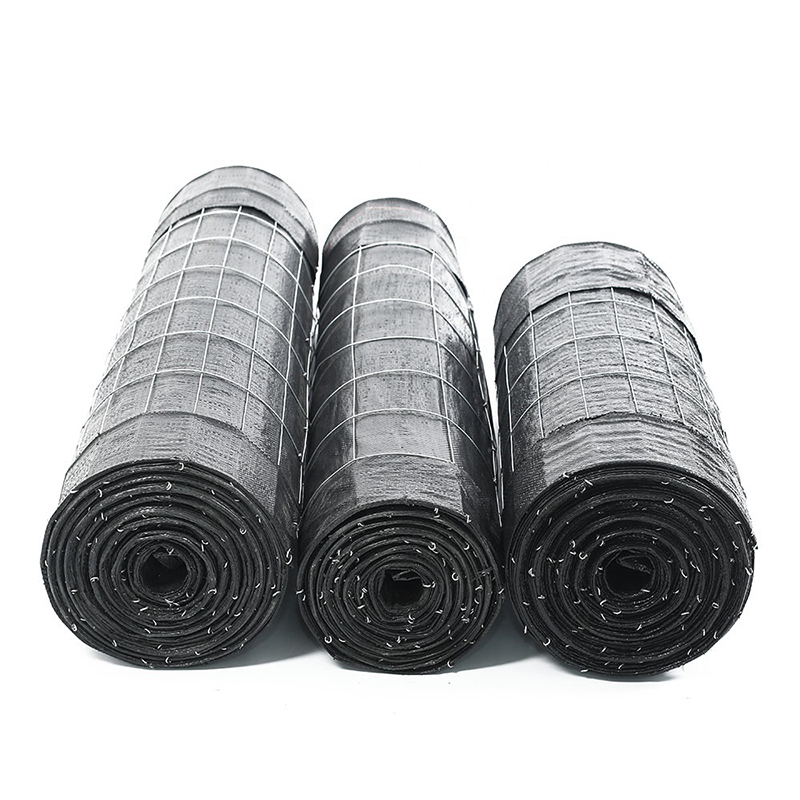
Wire Backed Silt Fence
The Wire Back Silt Fence is a strong erosion control fence designed for areas with demanding silt and erosion control requirements. Offering more strength and stability than a stan […]
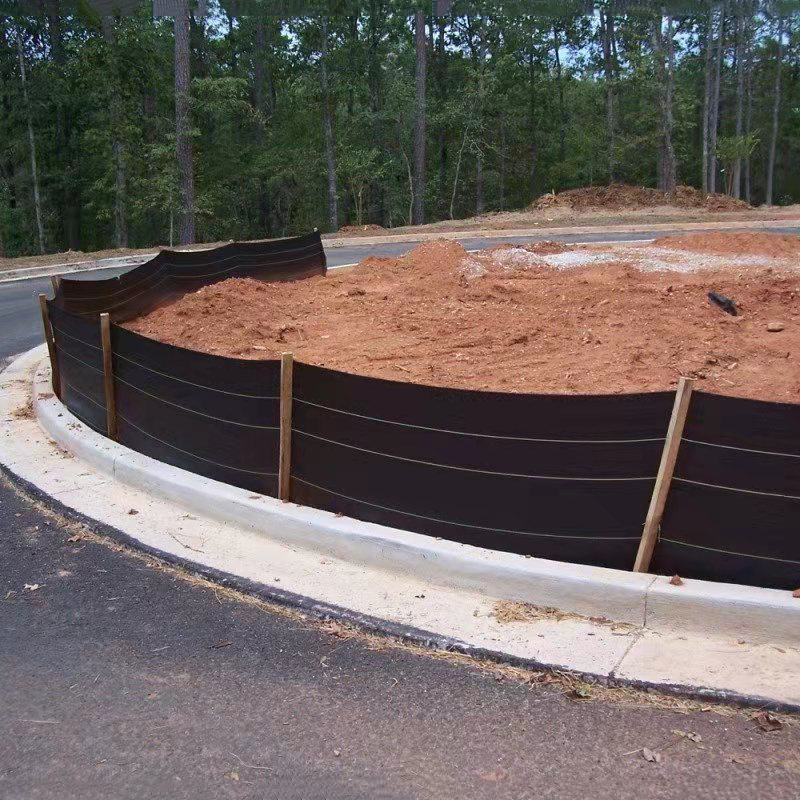
Silt Fence
Product Weed Mat / Ground cover/Slit fence Weight 70g/m2-300g/m2 Width 0.4m-6m. Lengths 50m,100m,200m or as your request. Color Black,Green,White ,Yellow or As your request […]
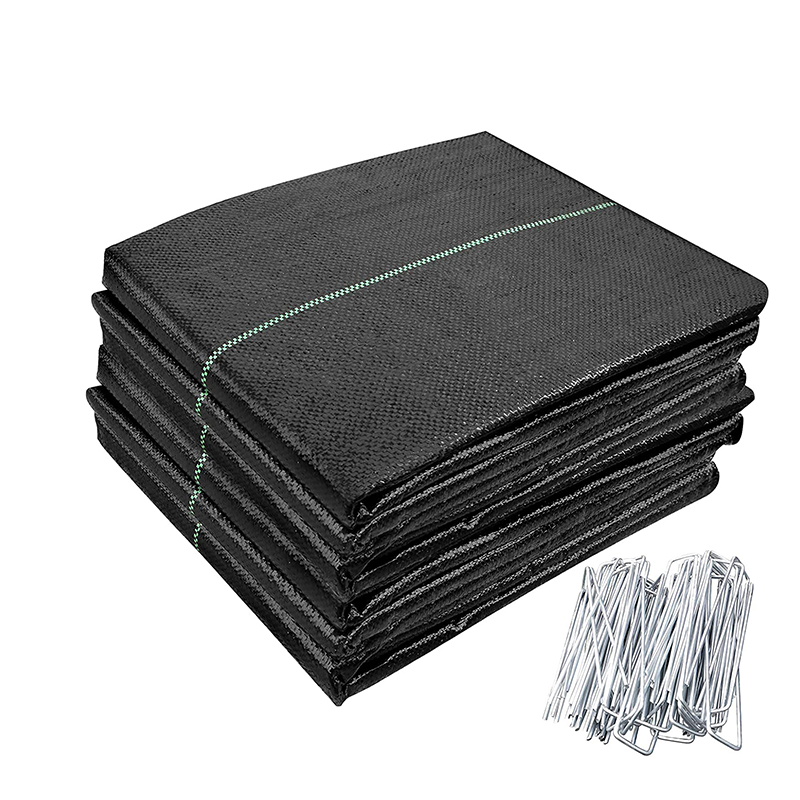
Woven Geotextile/Weed Mat
PP Woven Geotextiles are a series geotextiles made of high-performance polypropylene woven geotextile fabrics combining strength, durability and robust design. All these PP woven g […]
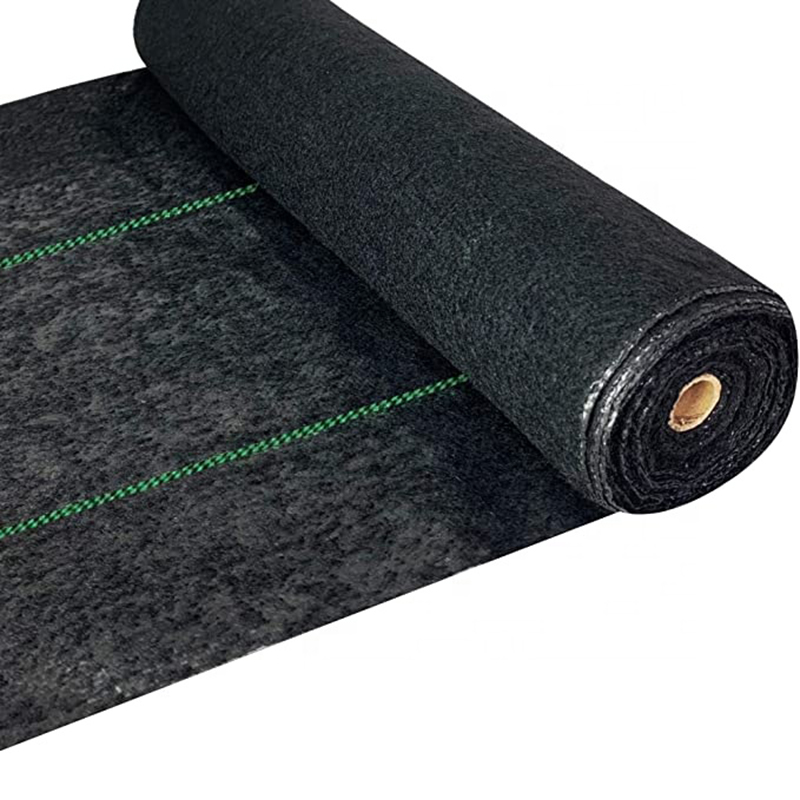
Heavy Duty Landscape Fabric
High Strength &Durability: 5.8oz heavy duty landscape weed barrier fabric, made of tightly woven polypropylene fabric needle which punched with UV-stabilized. 98.7% opaque to l […]
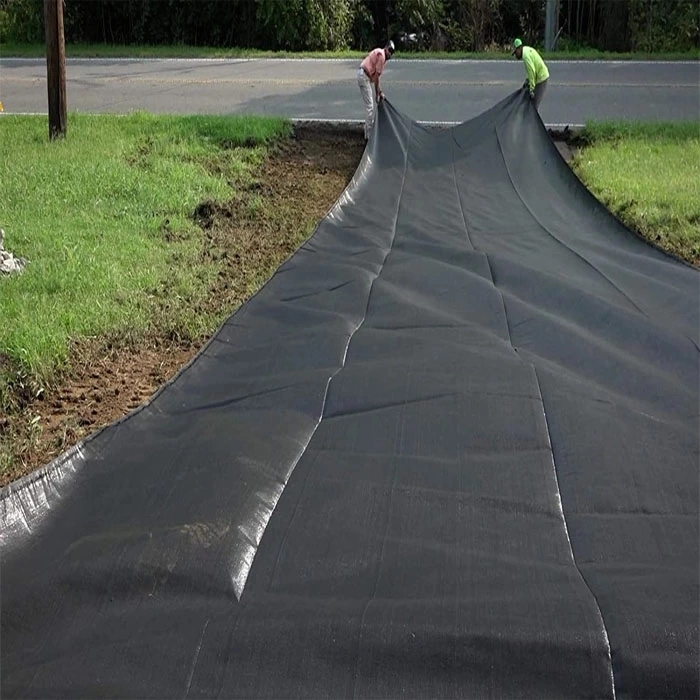
Bluekin Weedmat: Your Secret Weapon for a Low-Maintenance and Beautiful Garden
Are you tired of spending countless hours weeding and maintaining your garden? Look no further than Bluekin Weedmat, the ultimate solution for a low-maintenance and beautiful garde […]
Post time: 2023-06-29
